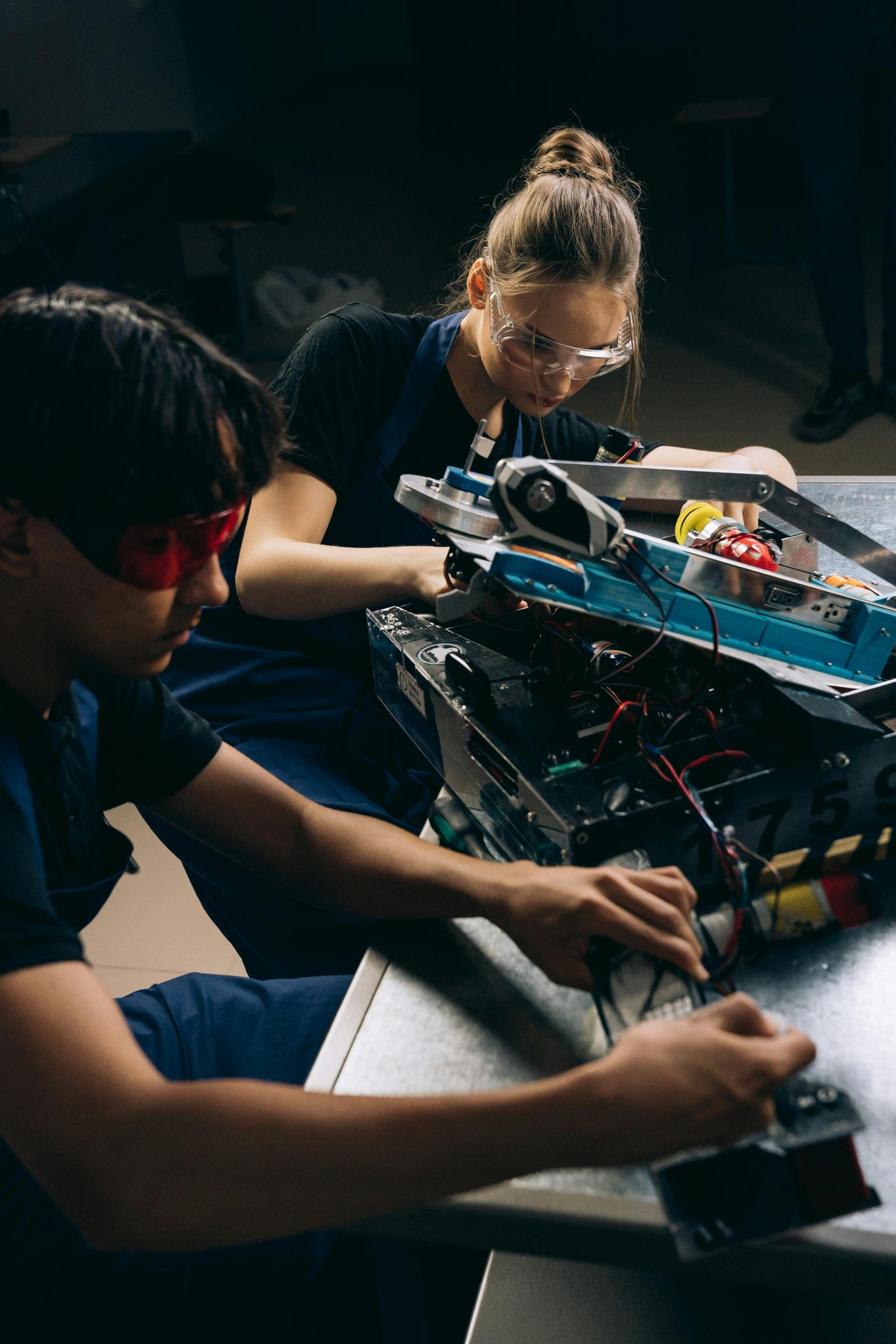The Future of Education: How Robots are Transforming Learning

In the rapidly evolving landscape of education, robotics has emerged as a transformative force, reshaping the way students learn and educators teach. As we stand on the brink of a technological revolution, it's essential to understand how robotics is influencing educational paradigms and preparing students for a future dominated by automation and innovation.
Revolutionizing Hands-on Learning
Robotics offers an interactive and engaging approach to learning, particularly in STEM (Science, Technology, Engineering, and Mathematics) subjects. By integrating robotics into the curriculum, educators can provide hands-on experiences that foster creativity, critical thinking, and problem-solving skills. Students can design, build, and program robots to perform various tasks, turning abstract concepts into tangible realities.
Enhancing Collaboration and Teamwork
Working with robots often requires students to collaborate and communicate effectively with their peers. Robotics projects can be complex and multifaceted, necessitating a team effort to achieve success. This collaborative environment not only enhances social skills but also prepares students for the teamwork-oriented nature of the modern workforce.
Personalizing Education
Robotics has the potential to personalize education by catering to the diverse learning needs and pace of each student. Educational robots can adapt to individual learning styles, providing customized feedback and support. This tailored approach ensures that all students, regardless of their background or abilities, can benefit from an inclusive and equitable educational experience.
Bridging Theory and Practice
One of the most significant advantages of robotics in education is its ability to bridge the gap between theoretical knowledge and practical application. By working with robots, students can see the real-world implications of the concepts they learn in class. This connection between theory and practice enhances their understanding and retention of knowledge.
Preparing for the Future
As we move towards a future where technology and automation play a central role, equipping students with robotics skills becomes crucial. Robotics education not only provides technical skills but also fosters adaptability, resilience, and a mindset of continuous learning. These attributes are essential for navigating the challenges and opportunities of the 21st-century workplace.
Conclusion
The integration of robotics into education represents a significant shift in how we approach teaching and learning. It offers a dynamic and interactive platform for students to explore and innovate, while also equipping them with the skills necessary for success in a rapidly changing world. As educators and students, embracing robotics is not just about keeping pace with technology; it's about shaping a future where education is more engaging, inclusive, and relevant to the needs of society.
If you're interested in shopping for STEM/STEAM related robotics products, take a look at what we have linked here.
